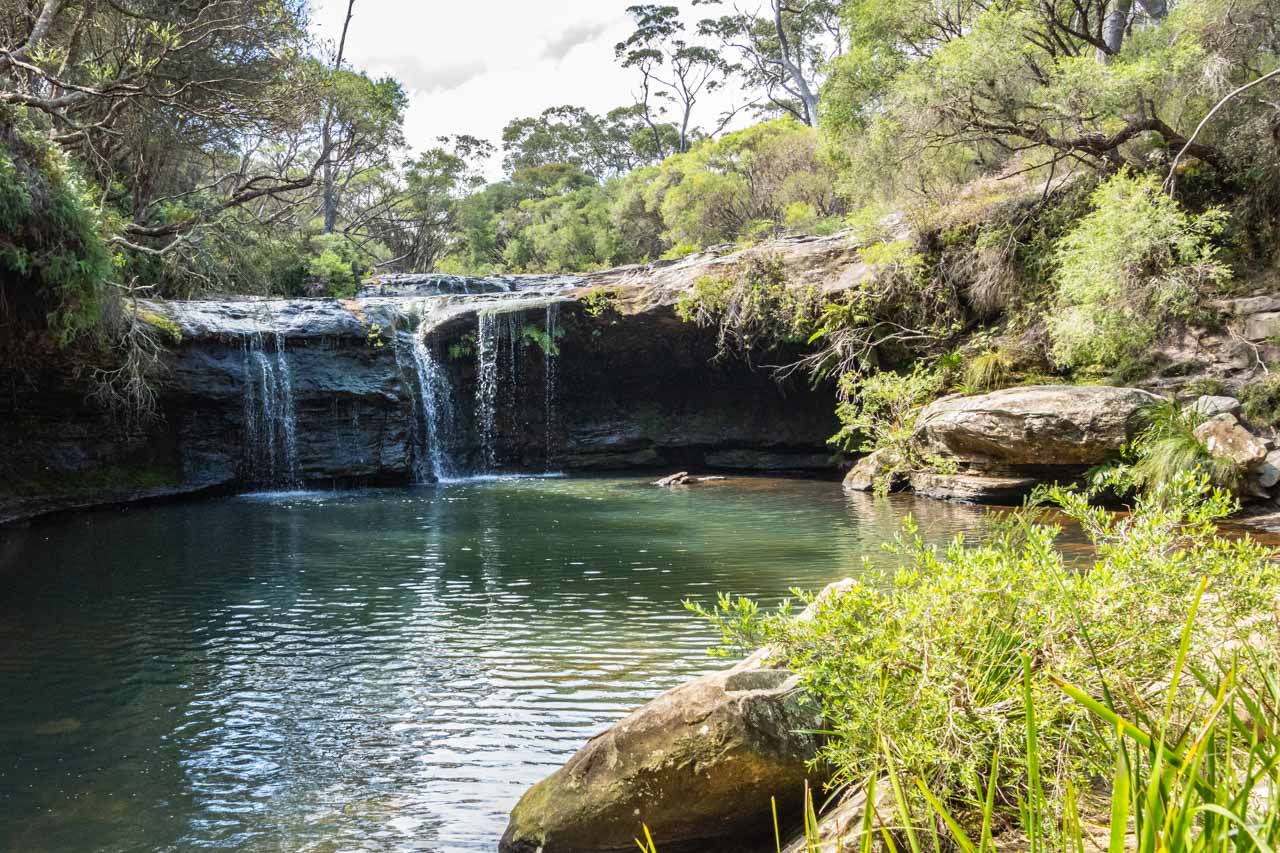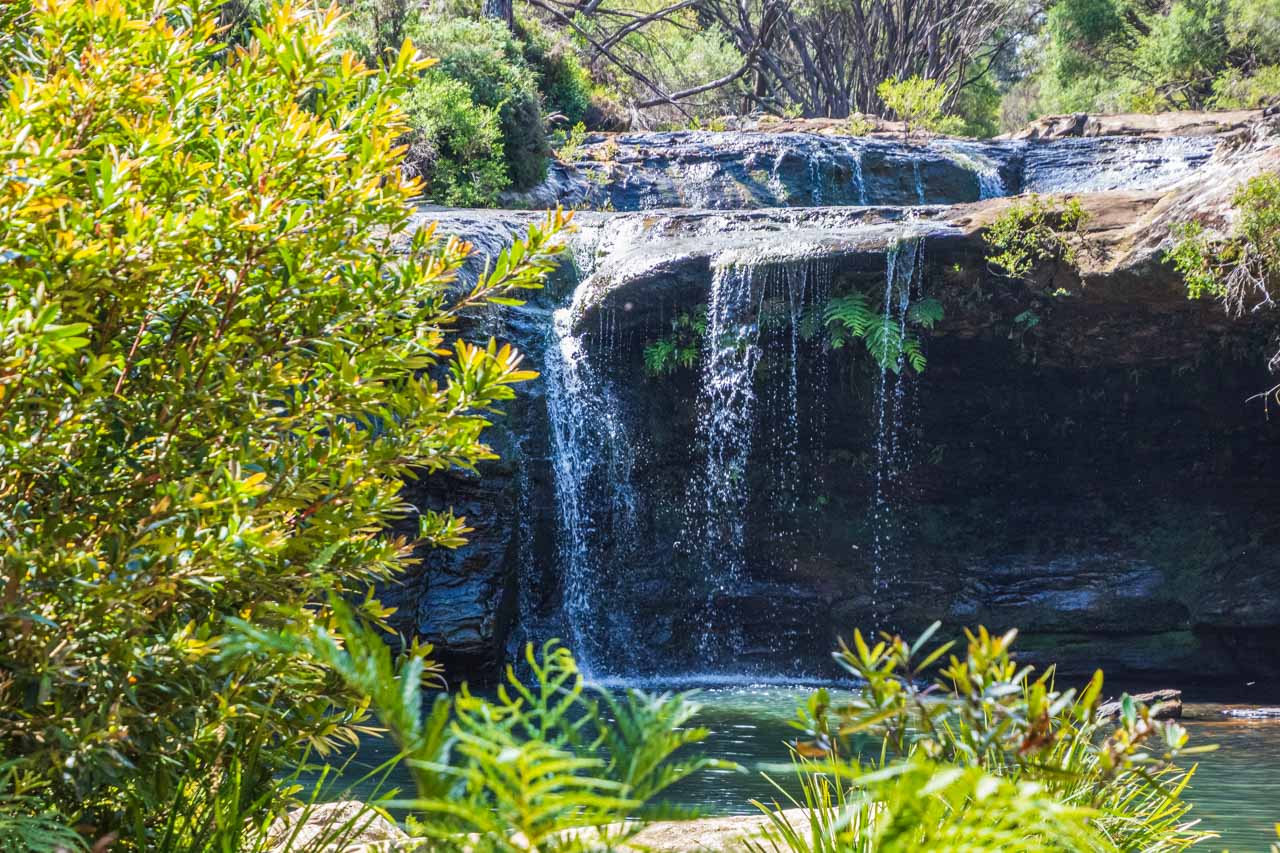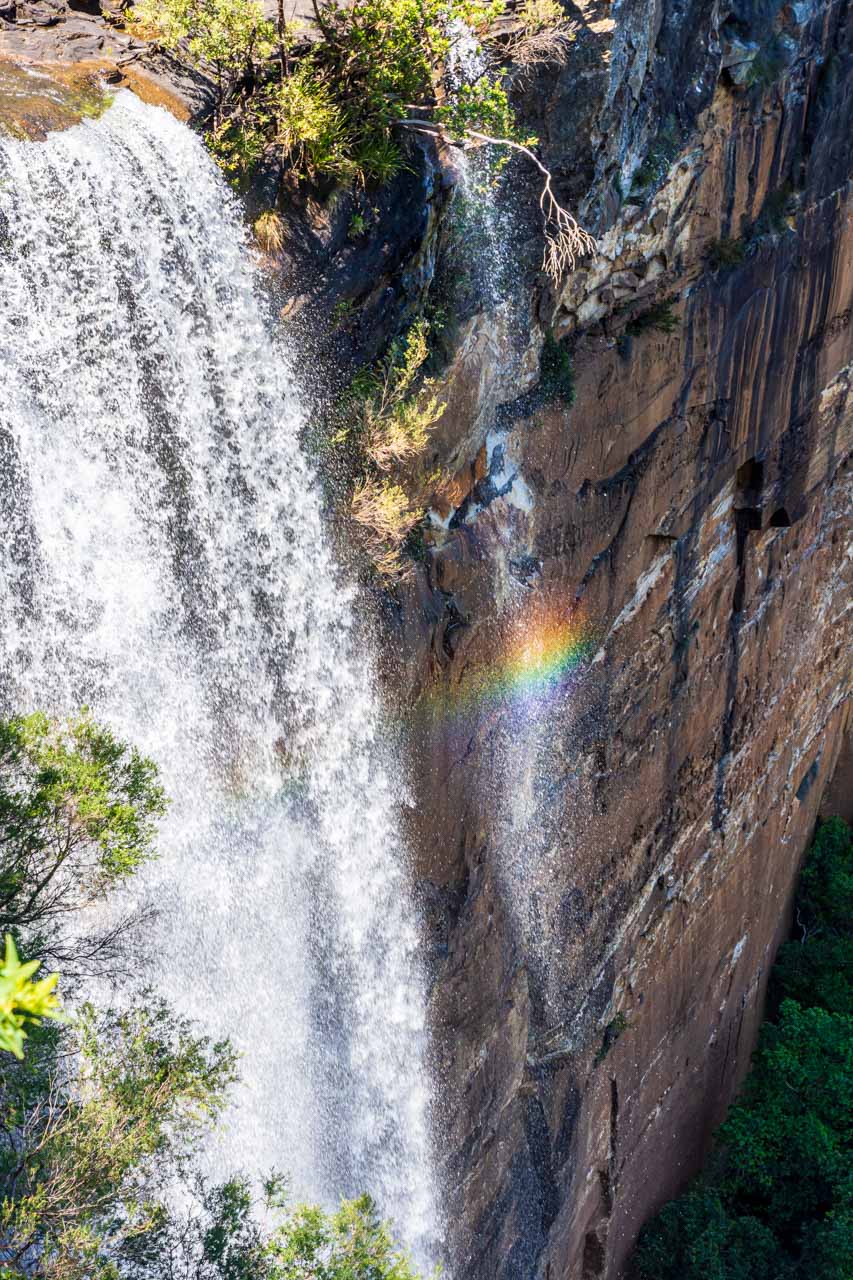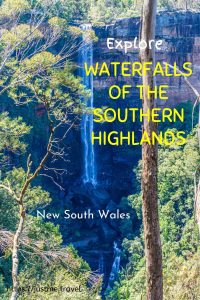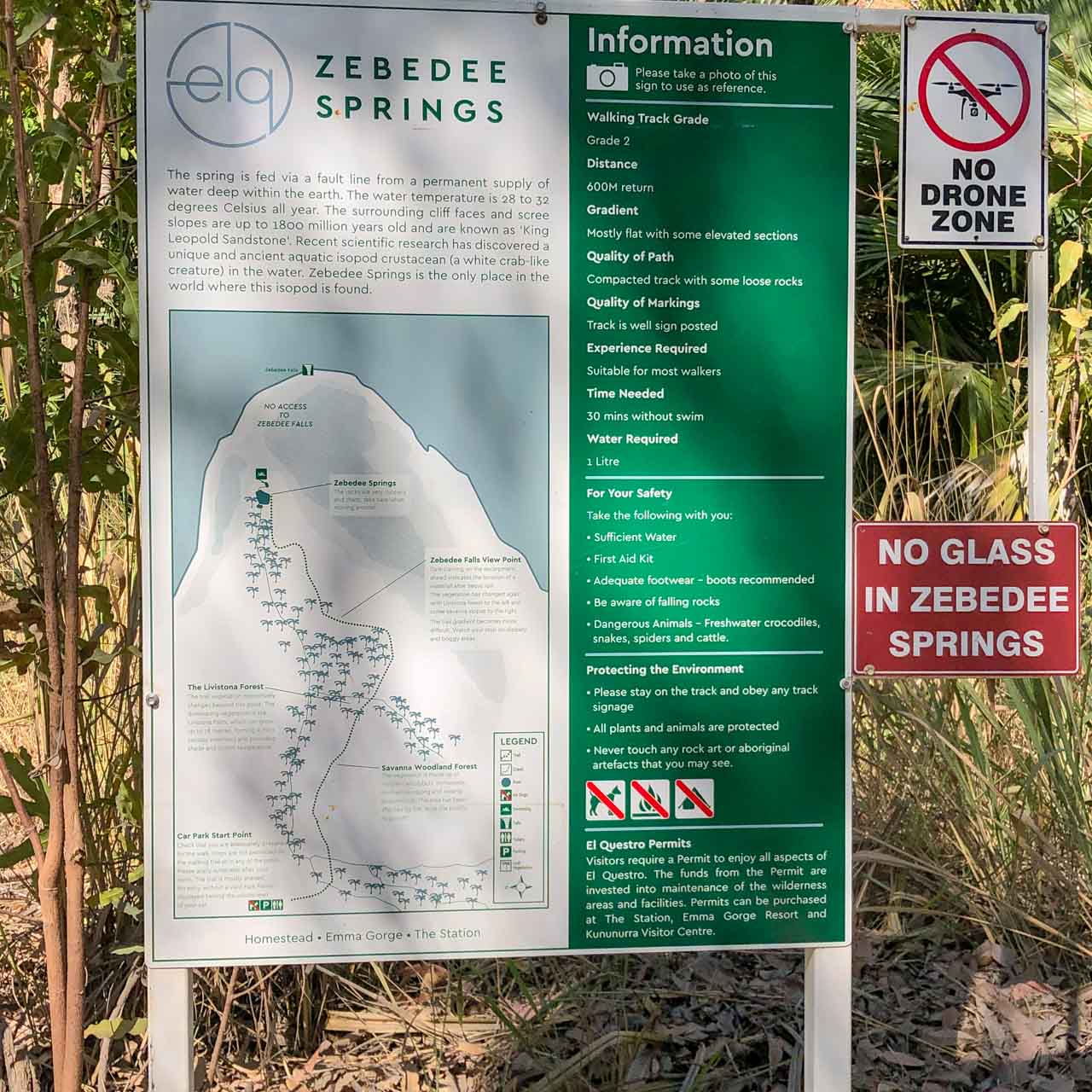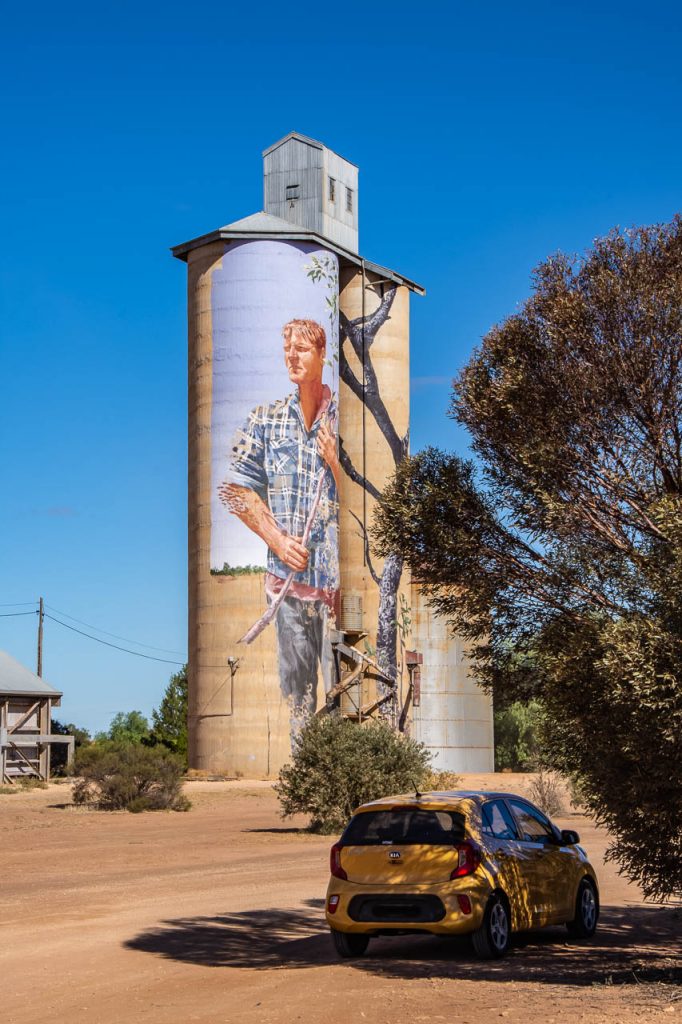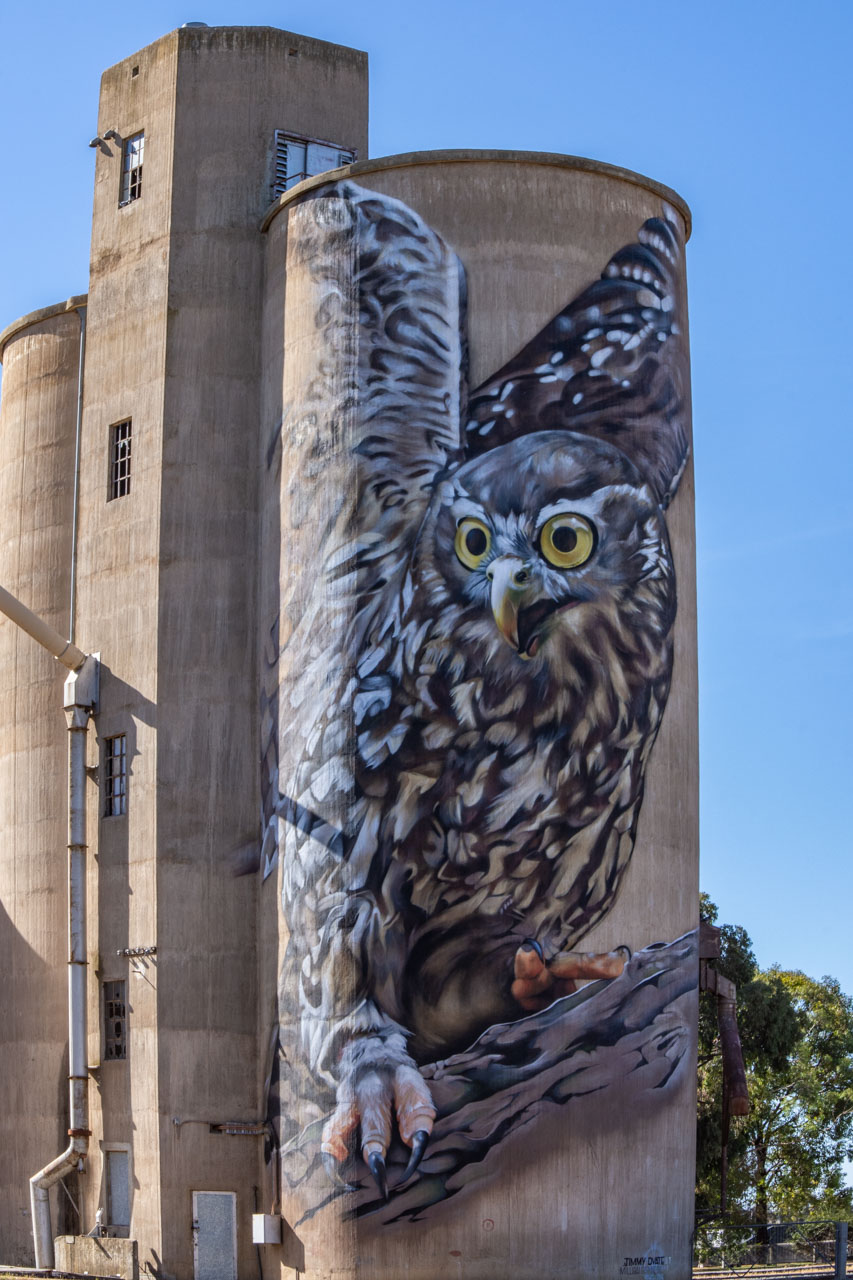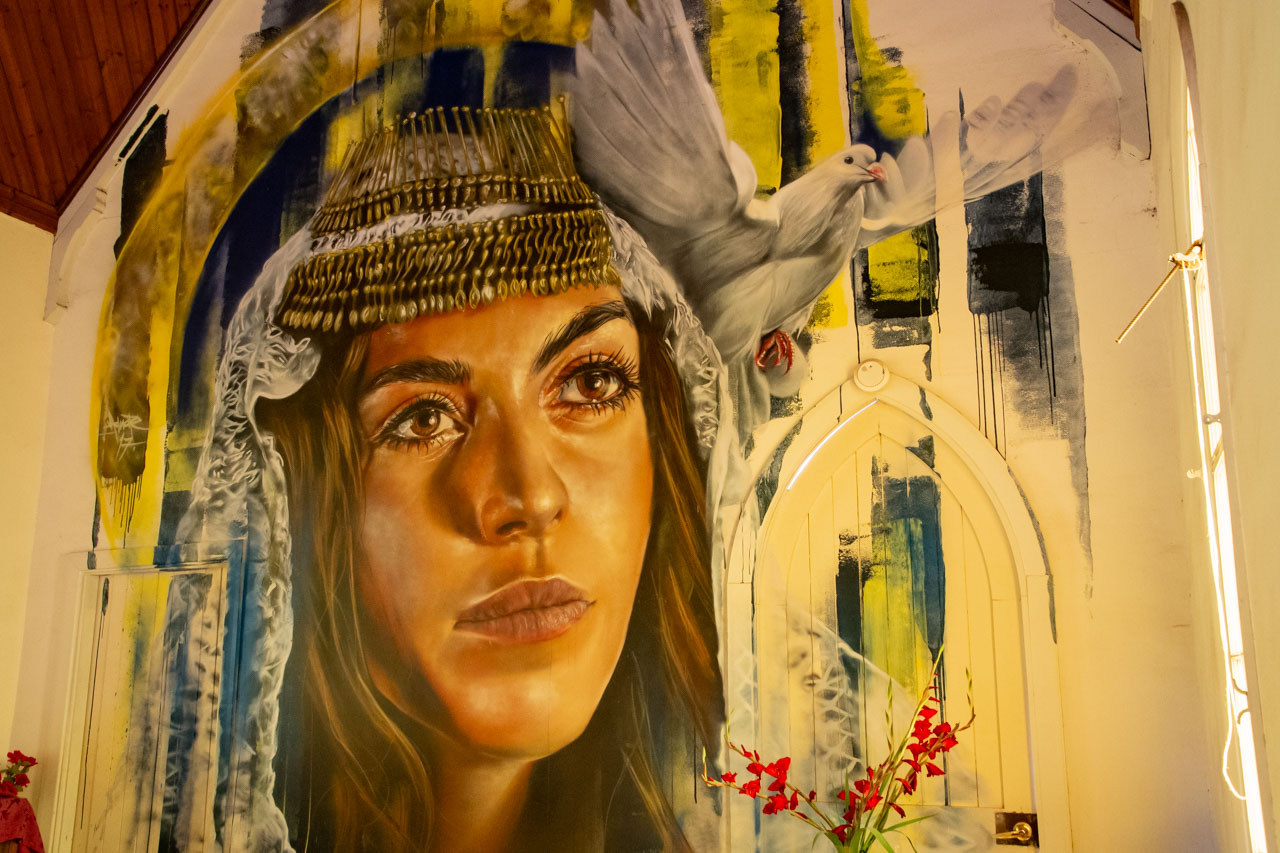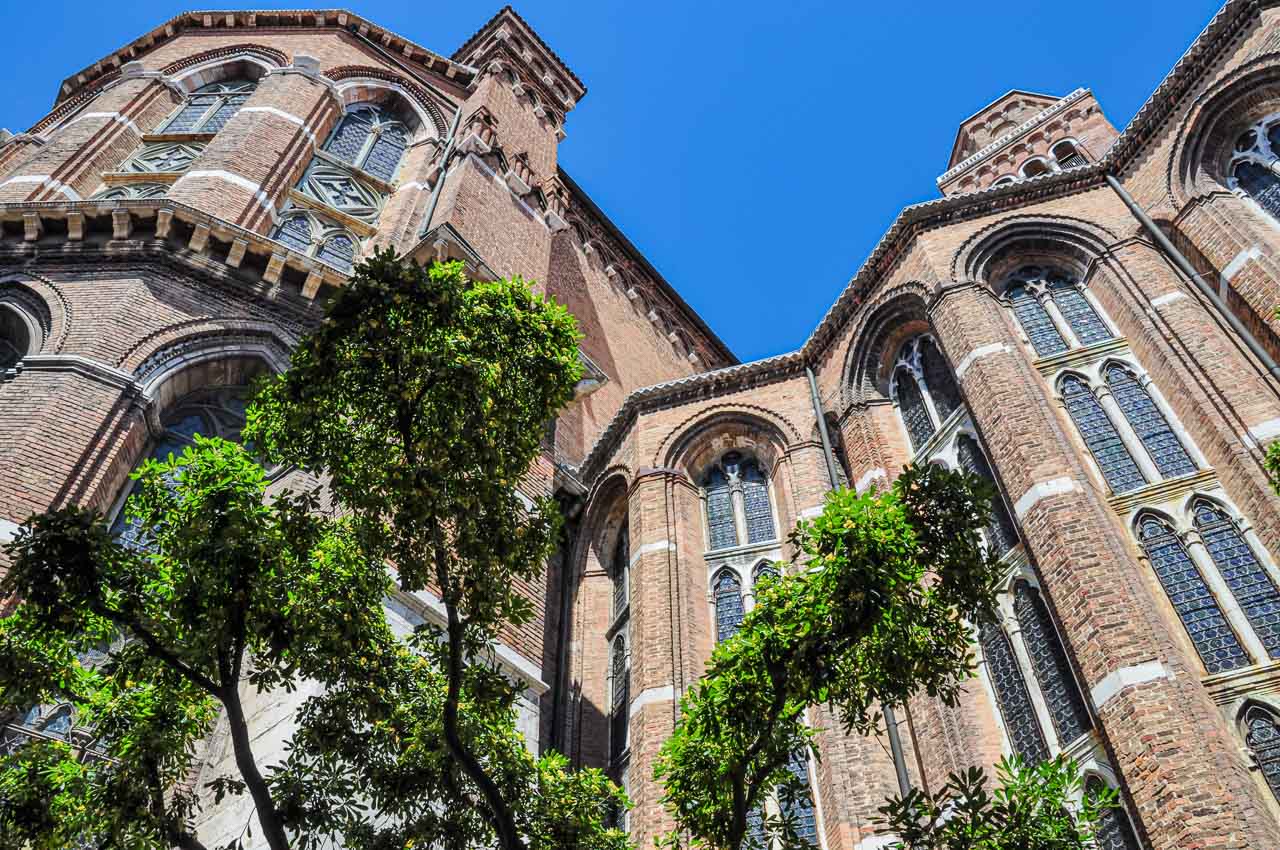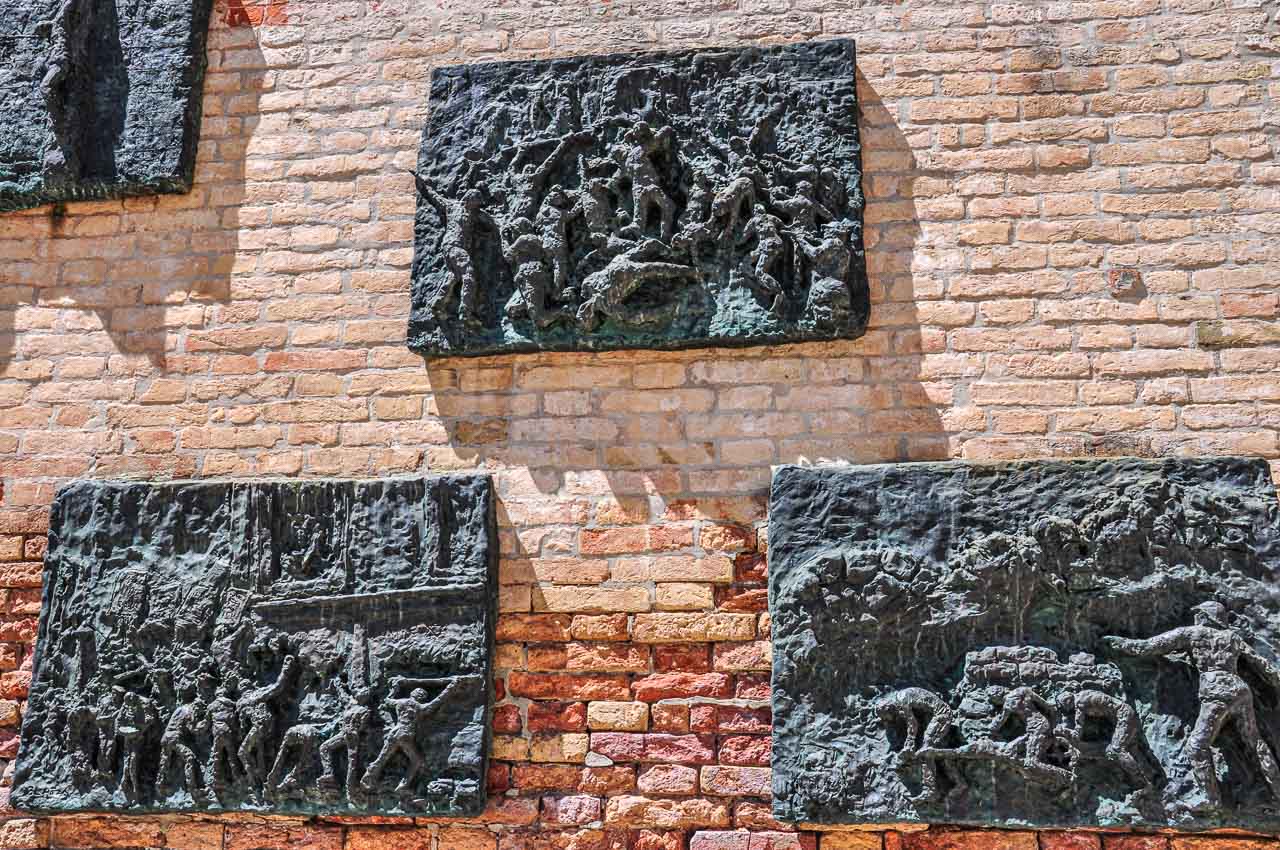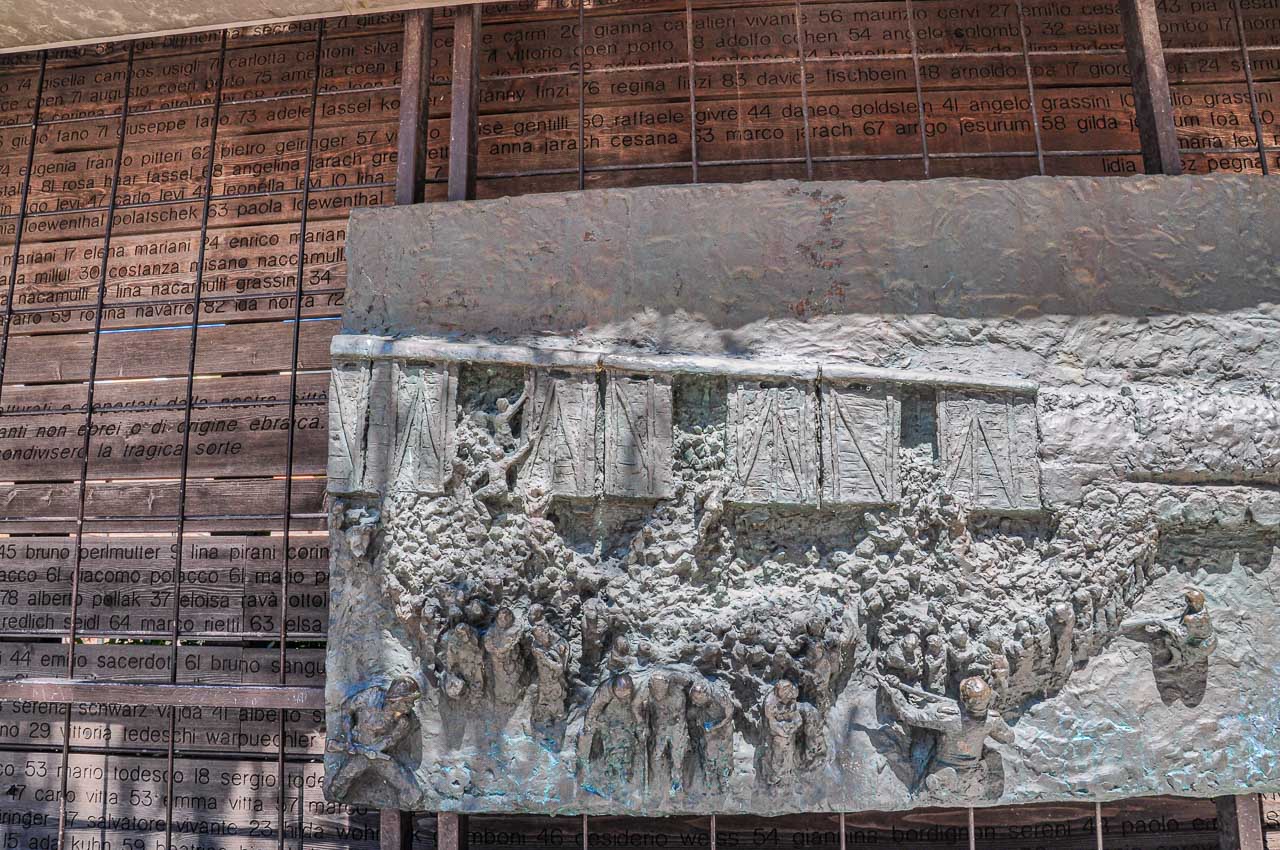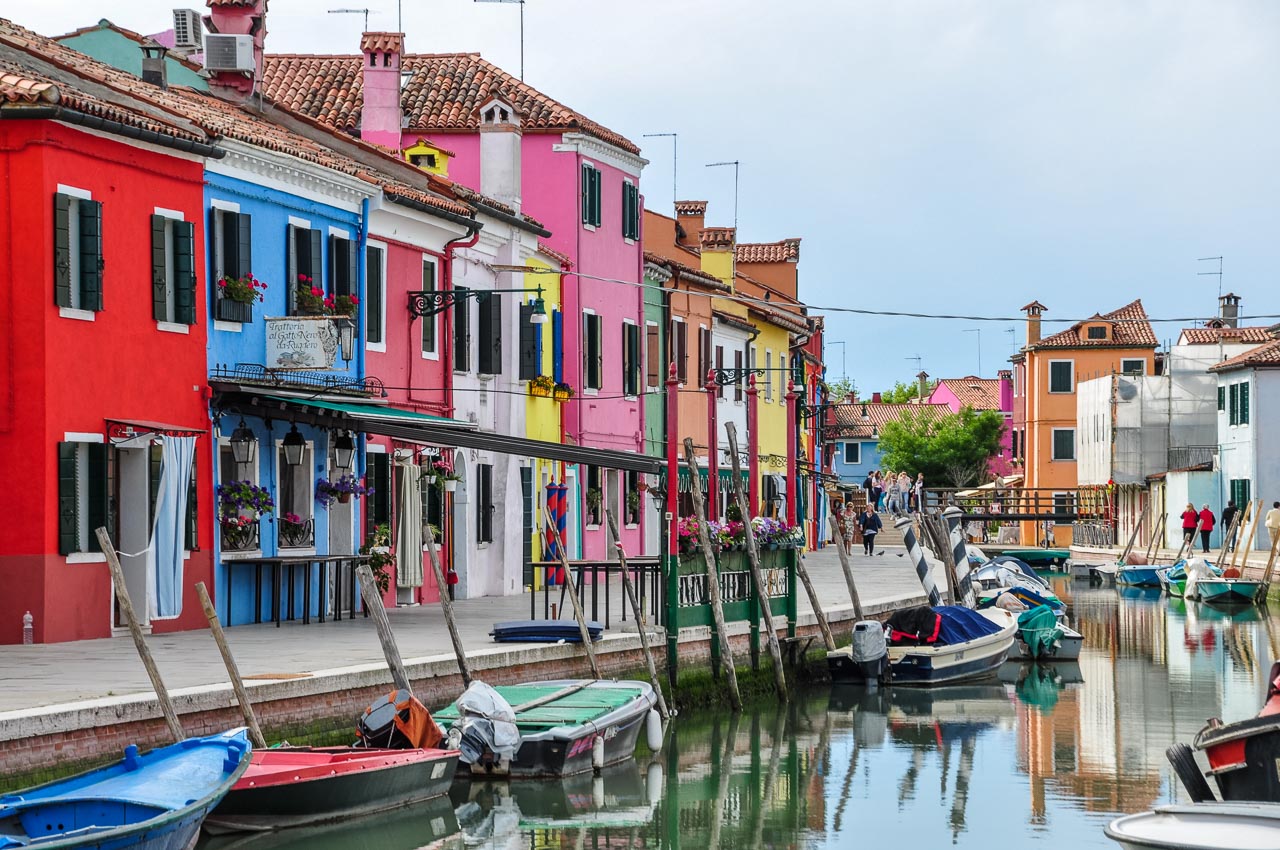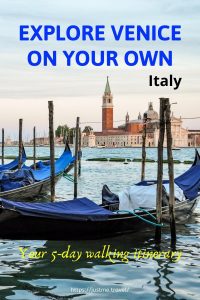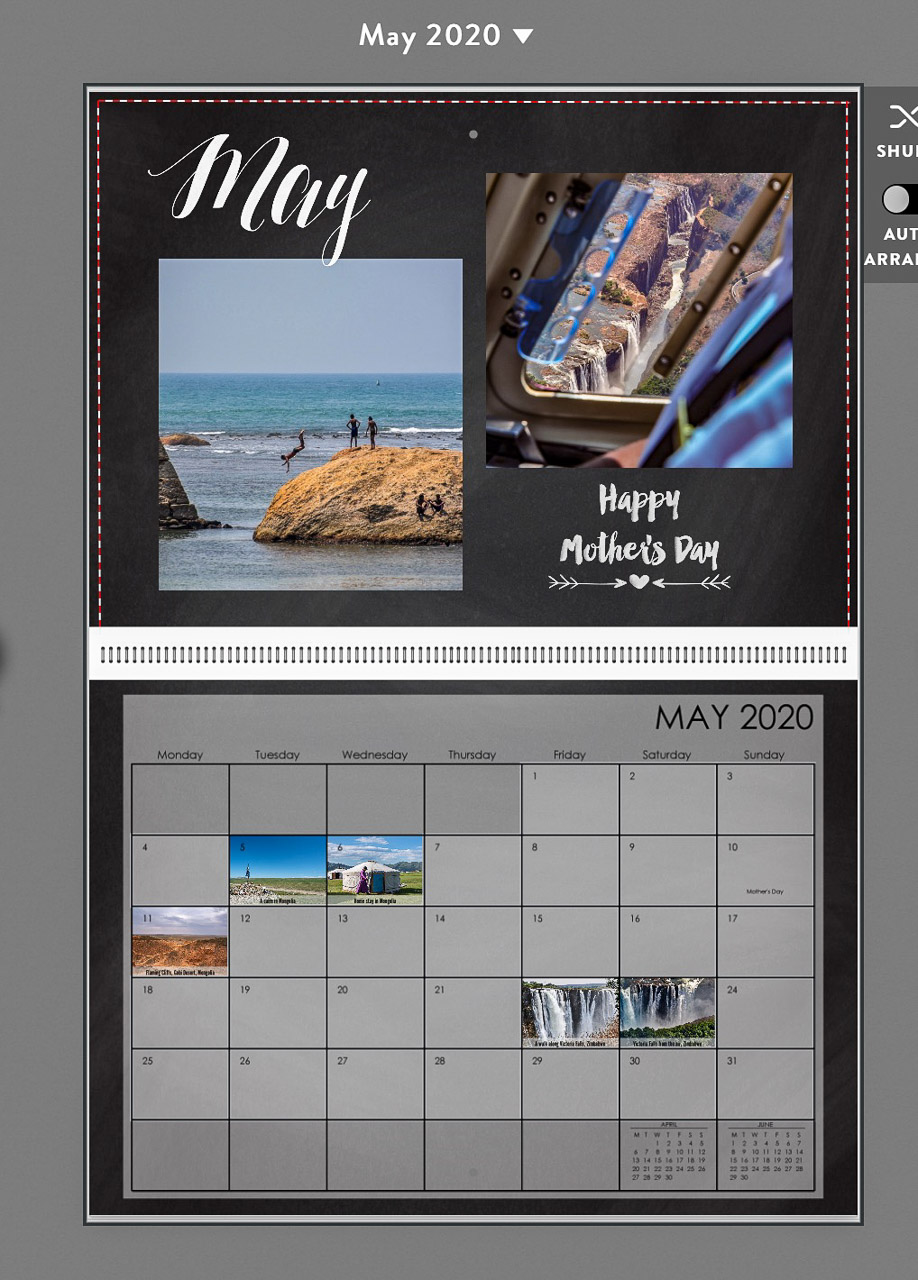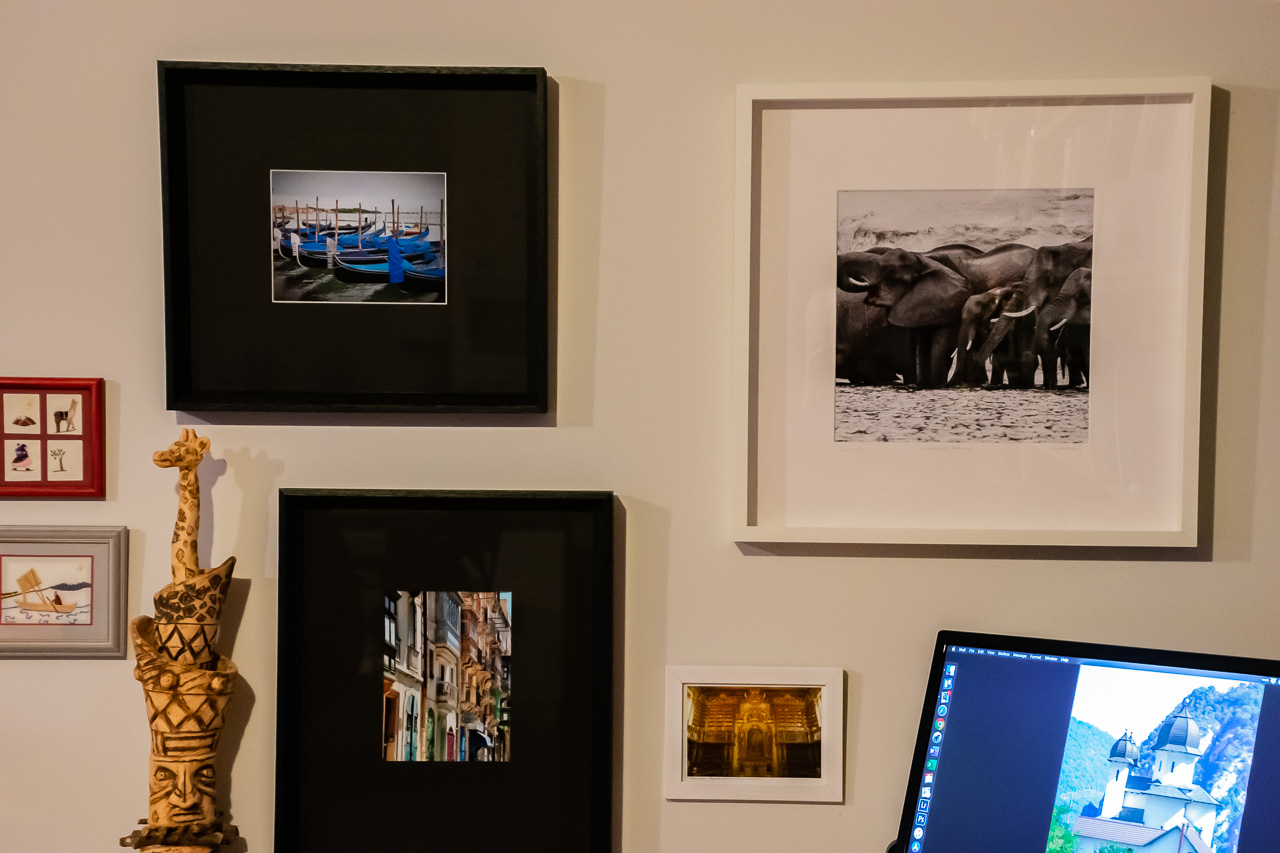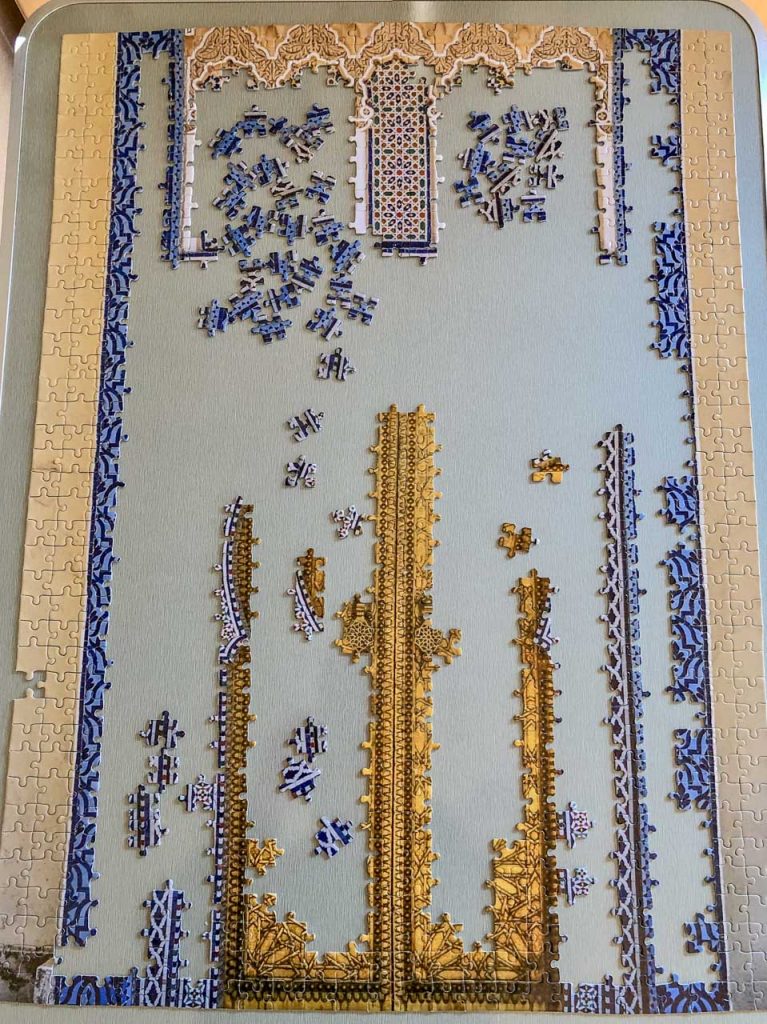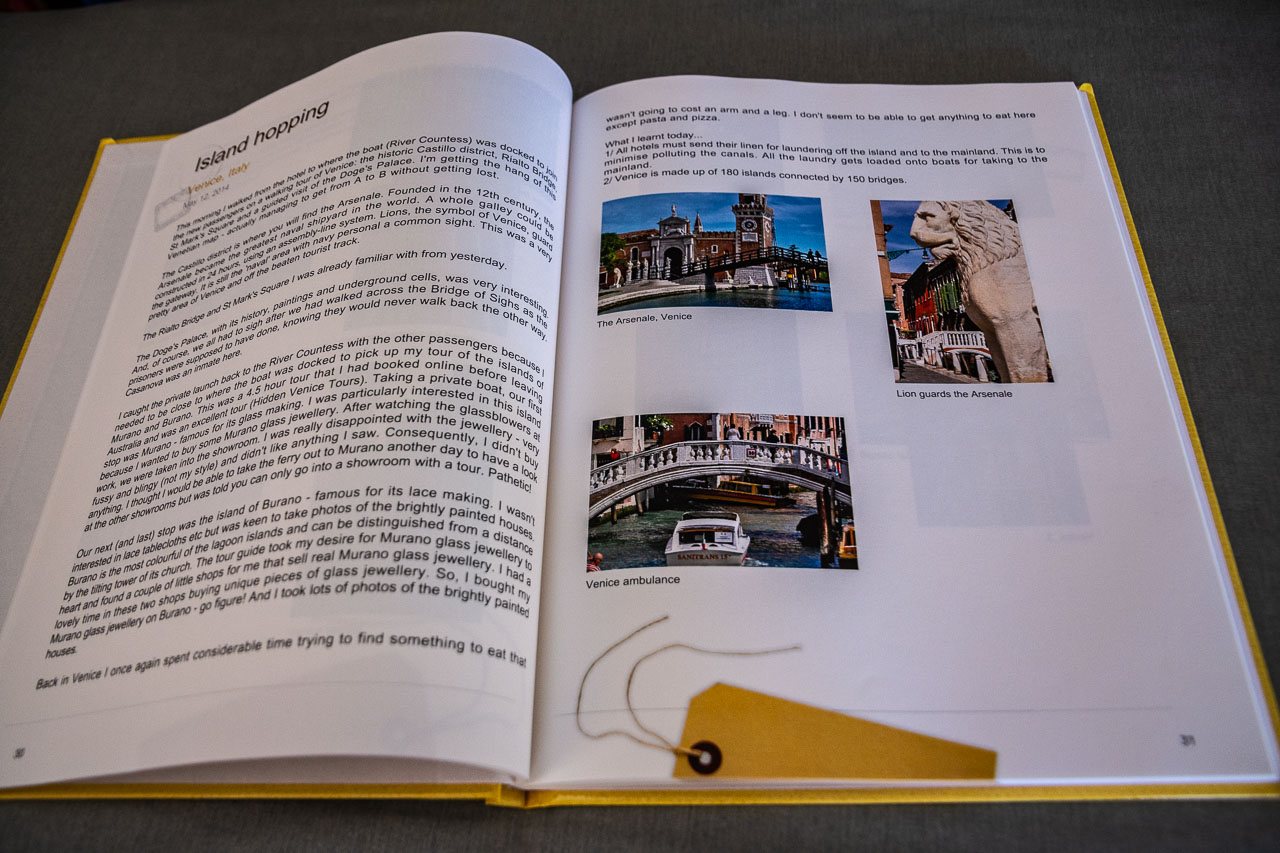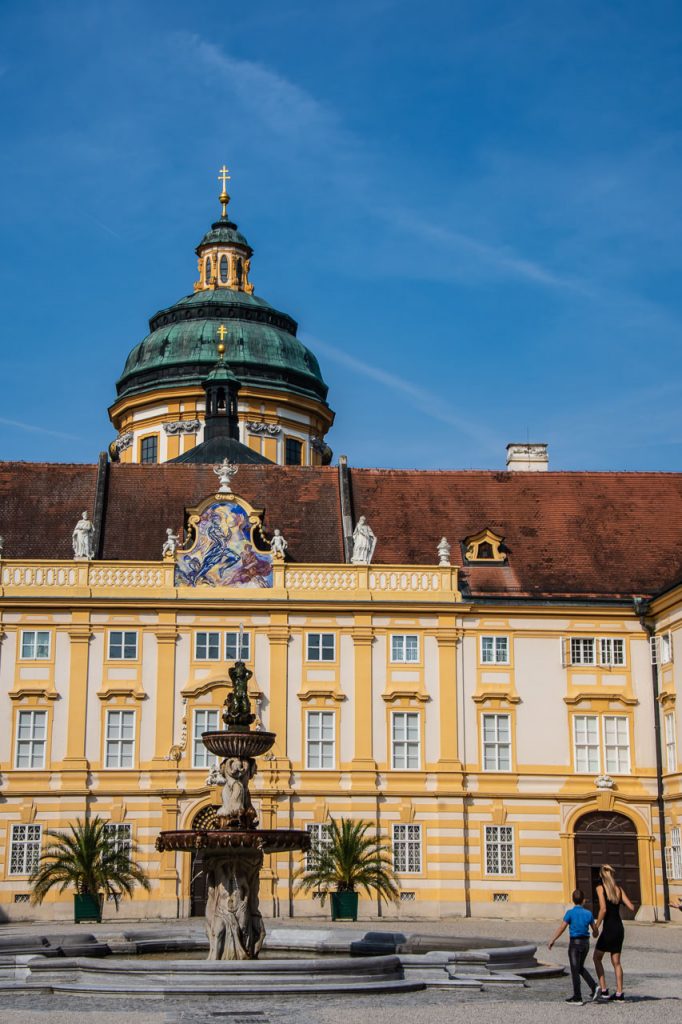“There’s no better place to find yourself than sitting by a waterfall and listening to its music” – Ronald R Kemler Australia’s Southern Highlands in New South Wales is…
“There’s no better place to find yourself than sitting by a waterfall and listening to its music” – Ronald R Kemler
Australia’s Southern Highlands in New South Wales is a destination of scenic beauty. It is considered a foodie and wine region but is also renowned for its national parks and waterfalls. On a road trip around the Southern Highlands, I explored three waterfalls in two national parks.
‘Lush’ is the word that comes to mind when visualising the Southern Highlands in New South Wales. The landscape is green, painted with the odd red roof, black cows, and white sheep. Vineyards, forests, and skyscraper pine trees dot the rolling hills.
The Southern Highlands is around a 90-minute drive from Sydney and less than two hours from Canberra – 110 km southwest of Sydney CBD and 140 km northeast of Canberra. The Southern Highlands is an area centred around the picture-postcard heritage villages of Mittagong, Bowral, Berrima, Moss Vale, Bundanoon, and Robertson, and located in some of the prettiest landscapes I have had the privilege to see. Geographically, the Southern Highlands sits between 500-900 metres above sea level on the Great Dividing Range. The Great Dividing Range runs roughly parallel to Australia’s East Coast for 3,500 kilometres, from the tip of Queensland, through New South Wales and ending in Victoria’s Grampians National Park.
In the Southern Highlands, you will find three of the best waterfalls in two New South Wales national parks:
- Carrington Falls in Budderoo National Park;
- Belmore Falls in Morton National Park; and
- Fitzroy Falls, also in Morton National Park.
All three waterfalls are within a few minutes drive of the historic village of Robertson on the lands of the Gundungurra Nation.
- Carrington Falls is seven kilometres east south-east from Robertson;
- Belmore Falls is approximately eight kilometres south from Robertson; and
- Fitzroy Falls is about 15 kilometres southwest of Robertson.
I love waterfalls, but how do I describe why I love them. It’s not enough to say, “I just do”. I have travelled the world (well, some of it!), and I am obviously drawn to waterfalls when I look back through my photos. Waterfalls make me happy. Even though the cascading water can be thunderous and constantly moving, I find the sight and sound of waterfalls calming. I can sit and chill out for hours beside a waterfall.
New South Wales National Parks’ website provides up-to-date, detailed information on Carrington Falls walking track, Belmore Falls walking track, and Fitzroy Falls West Rim walking track. The website is a significant resource that provides trail maps and advises of park alerts, walking grades, safety, best times to visit, getting there and parking, accessibility, facilities, and the plants and animals you may see in each national park.
I recommend you call into the Southern Highlands Welcome Centre in Mittagong early in your visit to the area. I found them very informative and helpful about what to see and do in the area. They also advised on the best days to visit specific villages and towns so I wouldn’t be disappointed with closures. This latter made it easier to plan my days ahead, as I had come to the Southern Highlands with no specific itinerary in place.
Carrington Falls
Carrington Falls is in Budderoo National Park, seven kilometres from Robertson. Entry is free to the falls and walking tracks.
Carrington Falls is a result of the Kangaroo River plunging 90 metres over the escarpment. It is considered one of the most impressive and beautiful waterfalls in and around Sydney. You be the judge of that from the three waterfalls presented in this post.
You can view Carrington Falls from three lookouts along a 600-metre loop walking track from Thomas’ Place picnic area – all giving a different view of the falls. The walk is a formed track and clearly signposted. But note, there is a steep metal stairway to descend and some short steep hills to ascend. Waratahs, an Australian native plant and the floral emblem of New South Wales, can be seen along the track in spring and summer.
Thomas’ Place picnic area is the car park for Carrington Falls. Picnic tables and long-drop (non-flushing) toilets are available.
Getting there: In Robertson, take Jamberoo Mountain Road (opposite the famous Robertson Pie Shop) and continue for five kilometres. Turn right onto Cloonty Road at the Carrington Falls sign and continue for about two kilometres. Turn a sharp right onto Thomas Place Road and continue to the end, where you will reach the car park and picnic area.
Budderoo National Park is always open but may have to close at times due to poor weather or fire danger.
I saw people swimming at the top of the falls, but access to the base of the falls requires advanced navigation and bush survival skills. If you want a swim, make your way to Nellies Glen.
Nellies Glen
Nellies Glen is in Budderoo National Park, just 240 metres from Carrington Falls on the other side of the river. From Thomas’ Place picnic area, drive back to Cloonty Road heading north and turn left into Nellies Glen picnic area after crossing Kangaroo River. Entry is free. Facilities include car parking, long-drop toilets, and picnic tables.
The small waterfall and picnic area at Nellies Glen are just 100 metres from the car park on a flat, unpaved path. The natural rock pool, surrounded by ferns, is an idyllic place to swim.
NSW National Parks’ website on Nellies Glen provides directions, safety, and practical information, including the best time to visit and plants and animals you may see.
If you haven’t brought a picnic lunch with you, then grab a pie at the famous Robertson Pie Shop – noted for its award-winning savoury and sweet pies. I had a steak and mushroom pie which was very tasty. However, I did not finish my apricot and cream pie because I found the pastry stodgy.
Belmore Falls
Belmore Falls is a two-tiered waterfall on the Barrengarry Creek. The waterfall’s overall drop is 100 metres, with the first drop plummeting 78 metres down the cliff face to a pool below before continuing its rush to the valley floor.
Located in Morton National Park, eight kilometres from Robertson, entry is free to Belmore Falls.
The Belmore Falls walking track is a 1.8-kilometre loop with three main lookouts. The dirt track is a Grade 3 with gentle hills and many steps.
Commencing at Hindmarsh Lookout (100 metres from the car park), this lookout provides spectacular, panoramic views of Kangaroo Valley.
It is not until you reach the third lookout, Belmore Falls Lookout, that you are rewarded with the best views of the upper and lower falls.
Getting there: From Robertson, turn south on Meryla Street and right into South Street, then left onto Belmore Falls Road.
Fitzroy Falls
Fitzroy Falls is in Morton National Park, 15 kilometres southwest of Robertson or 28 kilometres south of Mittagong, where I was staying in the Southern Highlands. The waterfall walk starts at the Visitor Centre, 1301 Nowra Road, Fitzroy Falls. Parking at the Visitor Centre for Fitzroy Falls – your only parking option – will cost you $4.00 per vehicle, but entry to the falls is free. The parking ticket machine takes coins only. If wanting to pay by card, you will need to pay in the Visitor Centre.
You need to take the moderate West Rim walking track for views of Fitzroy Falls – viewed from three lookouts along the 3.5-kilometre return track. Unlike the loop tracks at Carrington and Belmore Falls, you must return the way you came on the Fitzroy Falls walking track. The track follows the western edge of the horseshoe-shaped escarpment. It is a well signposted, formed track with many steps and gentle hills. About 400 metres along the track, a family had abandoned their stroller, opting to carry their baby instead. I came across the family at the next lookout. They said it was too difficult managing the stroller up and down the steps and over tree roots along the track.
Your first view of Fitzroy Falls, and the best, is at Fitzroy Falls Lookout, 150 metres from the Visitor Centre. From this viewpoint, at the top of the falls, the waterfall cascades 81 metres over the rim to the Yarrunga Valley floor. The further you walk around the rim, to Jersey and Richardson Lookouts, Fitzroy Falls becomes more and more distant. From Richardson Lookout, the track continues to Twin Falls (600 metres return). I was disappointed with Twin Falls. On the day of my visit in October, it was just a trickle running down the cliff face.
If you still feel energetic after completing the West Rim walking track and want to see something other than a waterfall, take the East Rim and Wildflower walking tracks. Starting from the Fitzroy Falls Visitor Centre, the Wildflower walk is the first 1.25 kilometres of these joined tracks, totalling 6.7 kilometres return. There are several lookouts along the tracks, offering views over the Southern Highlands.
When to visit the Southern Highlands
The Southern Highlands has moderate summer temperatures and mild winter temperatures. The volume of water in waterfalls is dependent on rain. The Southern Highlands has moderate rainfall throughout the year – averaging 54 millimetres in July to 103 millimetres in February.
Where to stay in the Southern Highlands
You are spoiled for choice when it comes to accommodation options in the Southern Highlands, meeting all budget types. There are camping grounds, motels, hotels and B&Bs, as well as luxurious retreats on vineyards and in historic manor houses.
I stayed at the Fitzroy Inn Historic Guest House, 1 Ferguson Crescent, Mittagong. I was initially accommodated in a light, airy and spacious room in the main house. The room opened onto a wide veranda overlooking the rose garden, with dapple lighting created by old oak trees. I was very comfortable.
On my second day, I was upgraded (due to a plumbing problem elsewhere in the house) to an even larger room in the School Master’s Cottage. I soon discovered that an upgrade comes with a spa bath and a shower, bath sheets instead of bath towels, and up-market toiletries.
Whether accommodated in the main house or the School Master’s Cottage, the rooms comprise quality furnishings, tea and coffee making facilities (always a winner for me), and free WiFi.
Don’t forget to say hello to the resident miniature dachshunds, Jack and Jill.
Fitzroy Inn Historic Guest House offers boutique accommodation in an environment where history meets luxury.
Where to eat
Be warned; it is not cheap to eat in the Southern Highlands. A Chicken Caesar Salad, a coffee and a cake cost me AU$43.85 at Magpie Café in Berrima. A similar lunch at The Shaggy Cow in Mittagong cost me AU$45.70. While the food at both cafés was delicious, I found the cost staggering. However, if you forget the ‘recommendations’, you can come up with some gems if you are prepared to explore cafés in the area. The Vale Café in Moss Vale (8/256 Argyle Street) and the Exeter General Store in Exeter (corner of Exeter and Middle Roads) served some of the best lunches I had at AU$21.00 and AU$20.00 respectively.
Going against my own advice, I did have lunch one day at the recommended, award-winning Robertson Pie Shop (4400 Illawarra Highway, Robertson). My savoury pie was delicious, but my sweet pie was indigestible.
Avoid dinner at the Mittagong RSL Club. After one meal at the Club, I bought food at the supermarket for my remaining dinners.
Know before you travel
It is crucial to check NSW National Parks’ website for any park alerts to avoid disappointment. Alerts can include road closures, fire bans, safety alerts, and closed areas.
Due to COVID-19, it is crucial to check government and business websites for specific details on opening times and any restrictions before travel. Check the NSW National Parks and Wildlife Service for their COVID-19 update.
Even though some of your travel in the national parks will be on narrow winding dirt roads, 2WD vehicles are suitable to access the waterfalls.
I found I was reliant on Google maps, connected through car play, to get around the Southern Highlands and ensure I arrived at the waterfalls with a minimum of fuss. Dora (my name for the lady speaking the directions on Google maps) led me astray only on the odd occasion. Dora loved Range Road. We seemed to travel it every day driving around the Southern Highlands.
Disclaimer: This post contains no affiliate links. All views and opinions are my own and non-sponsored. All photos are my own and remain the copyright of Just Me Travel 2021.
Comment below to share your thoughts on this blog post. Some consider Carrington Falls to be the most beautiful in the Southern Highlands. Of the three waterfalls featured in this post, which do you think is the most beautiful or most impressive?
Love this post? PIN it!
Related posts
While visiting New South Wales, consider travelling to see five fabulous painted silos, a sculpture trail celebrating indigenous culture, or nine beautiful waterfalls in the Blue Mountains.
> 5 OF THE BEST PAINTED SILOS IN NEW SOUTH WALES
> THE UNIQUE YINDYAMARRA SCULPTURE WALK IN ALBURY, NEW SOUTH WALES
> 9 BEAUTIFUL BLUE MOUNTAINS WATERFALLS
Author’s Note: Please check the latest travel restrictions before planning any trip and always follow government advice.
Copyright © Just Me Travel 2021. All rights reserved.







